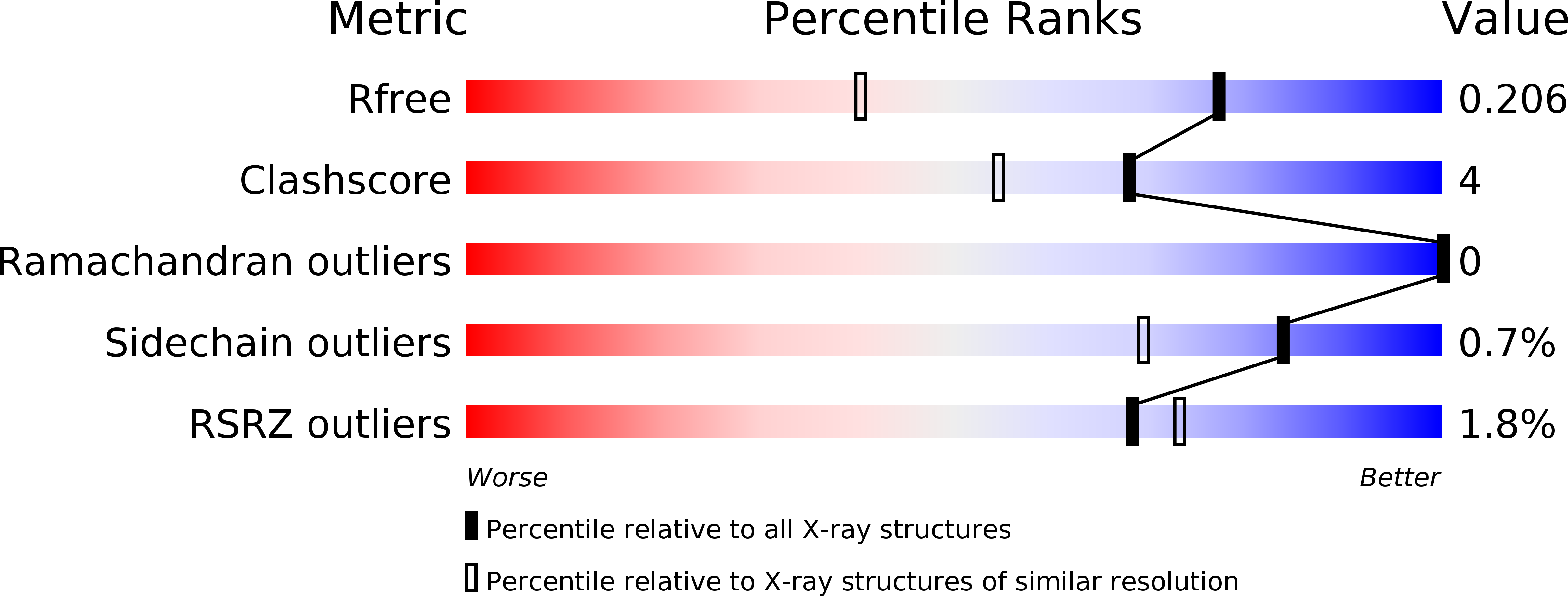
Deposition Date
2006-05-12
Release Date
2007-05-15
Last Version Date
2023-12-13
Entry Detail
Biological Source:
Source Organism:
SCHISTOSOMA MANSONI (Taxon ID: 6183)
Host Organism:
Method Details:
Experimental Method:
Resolution:
1.50 Å
R-Value Free:
0.20
R-Value Work:
0.18
R-Value Observed:
0.18
Space Group:
P 21 21 21


